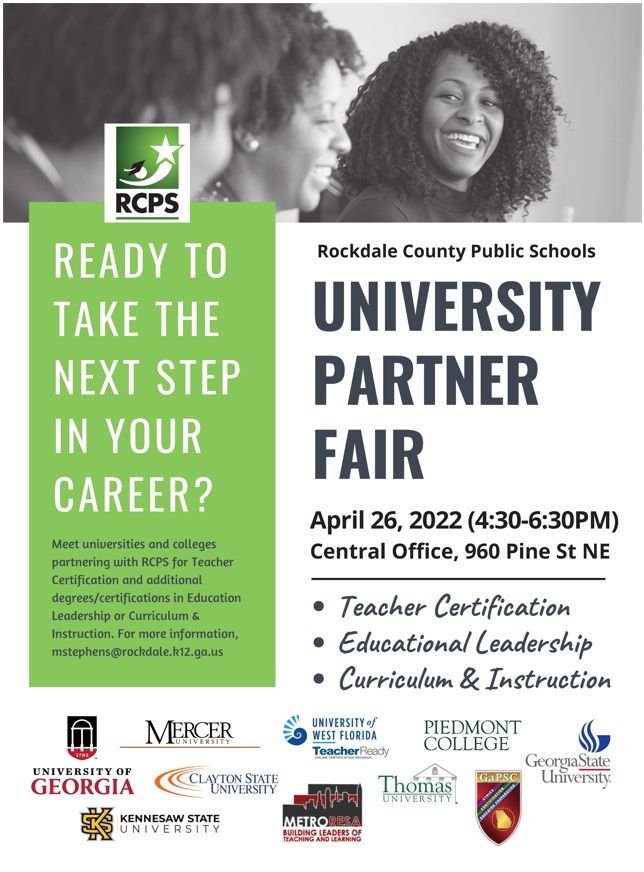
Special education is a form of education which takes account of the different needs and differences of each individual student. This means that you will be taught in a way that is most appropriate for your student. It also requires the creation of an accessible learning environment. It can be described as a system of education where the teacher makes an effort to make each child feel as comfortable as possible. There are many types and styles of special education. In this article, we will take a look at some of the common types of special education.
A less restrictive environment
The Least Restrictive Environment for Special Education is a basic principle of public education. It stipulates that students with disabilities should be educated in a classroom with their peers. However, what does this mean? What environment is the most restrictive for special education? It may look different for each child.
Individuals with Disabilities Education Act is the law that defines the Least Restrictive Environment for Special Education. When drafting an Individualized Education Program, the LRE must be considered. This is a vital component of the IEP process. The IEP team must carefully consider the LRE to ensure that the student receives the appropriate services.
Individualized education plan (IEP)
An Individualized Education Plan is a description of how a student will learn, and the methods teachers and service providers will use. The key elements to consider when creating an IEP are assessing the student's abilities in all areas of any known disabilities, considering how the student will learn from the disability, setting goals and objectives that reflect the student and determining what the student needs.

The IEP must also list the child’s current school performance. These information are obtained from individual tests and classroom assessments. These tests are usually given at reevaluations. You can also get information from your parents or other sources about your child's performance. Information about the child's disability should be included in the IEP.
Structured educational setting
A structured educational setting for students with special needs provides intensive supports that enable them to improve their functioning levels. Structure is provided throughout the day, and students focus on academic tasks and communication. They also benefit from the support they receive when managing their behavior. Students should be able to reach their grade level in a structured learning environment that provides structure and routines.
Students with special education needs may have learning disabilities, speech or language impairments, and other needs. They may also have emotional and behavioral disorders or physical disabilities such as muscular dystrophies. Depending on the disability, students may require more or lesser teachers, specialized equipment, or special physical adaptations.
Discrimination
Discrimination in special education can be a complicated issue. The IDEA is an important tool in ensuring equal educational opportunities for all students. However, it relies heavily on common assumptions about race and disability. In particular, the IDEA puts much faith in people who evaluate students, and it rests on the belief that discrimination will be evident in these evaluations.
Racial and ethnic differences in how children see themselves can affect their disability identity. Jesse, Michael and Jesse are two examples of unconscious and structural racism that influenced how they were perceived. A child's disability can also be used to make difficult children eligible for additional resources or push them out of school. This can lead to other disturbing school practices.

Intervention model: Response
The Response to Intervention model (RTI) is a teaching method that focuses on tailoring instruction to individual needs. Under the model, students who do not respond to instruction are moved through a sequence of increasingly intensive interventions. This model was initially developed in special education. But it is now common in public education.
Response to intervention is a district-wide educational program for students at highest risk of academic disaster. It uses research-based strategies to help students reach their goals and progress in general education. Students are monitored and evaluated throughout the process to assess their progress. The duration of the program is typically greater than ten or twelve weeks, depending on the student's needs.
FAQ
Is it necessary to attend college in order to be an early childhood educator
However, you may want to think about going to college in order to be prepared for a career in the field.
It is crucial to realize that teaching is not an easy job. Each year, many applicants are rejected from programs. In addition, many people quit after just one semester of college.
You must still meet stringent qualifications to be a teacher.
What is a trade school?
People who are not able to succeed at traditional higher education institutions can earn a degree through trade schools. They offer career-focused programs which prepare students to pursue specific careers. These programs usually require two years of coursework. Students who enroll in them then move on to a paid apprenticeship program. Here they learn a job skill, and also receive training. Trade schools include vocational schools, technical colleges, community colleges, junior colleges, and universities. Some trade schools offer associate degrees.
How much does a teacher make in early-childhood education? (earning potential)
The median salary for early childhood teachers is $45,000 per calendar year.
However, there are areas where salaries tend to be higher than average. For example, teachers who work in large urban districts often earn more than those working in rural schools.
Salaries also depend upon factors such as how big the district is and whether or no teacher holds a master's/doctoral degree.
Teachers are often paid less than other college graduates, simply because they have little experience. But their earnings can rise significantly over time.
What is a vocational high school?
Vocational school programs are designed to prepare individuals for specific jobs. They might also provide training in job-related skills and general education.
Vocational education is an essential part of our society as it helps young people acquire the skills necessary to succeed in their lives. It ensures all students have access high-quality learning opportunities.
A vocational school provides a variety options for its students. They can choose from certificates, diplomas or degrees as well as apprenticeships, certificates, diplomas or degrees. Vocational schools provide both academic and practice-oriented subjects such as math and science, English and social studies.
Homeschooling is possible for anyone.
Anyone can homeschool. There are no required qualifications.
Parents who have completed high school can teach their children. Many families opt to have their children teach them while they are in college.
Parents with less formal education can learn how to teach their children.
After meeting certain requirements parents can become teacher certified. These requirements differ from one state.
Some states require that all homeschooled students pass a test before they graduate. Others do not.
Homeschooling parents should register their family at the local school district.
This involves filling out paperwork, and submitting it back to the school board.
After registering, parents are allowed to enroll their children in public or private schools.
Some states allow parents to homeschool, but they must register their children with the government.
If you live in one of these states, you will be responsible for ensuring your children meet the requirements of the state's compulsory attendance law.
Statistics
- These institutions can vary according to different contexts.[83] (en.wikipedia.org)
- Among STEM majors, that number is 83.5 percent. (bostonreview.net)
- Data from the Department of Education reveal that, among 2008 college graduates, 92.8 percent of humanities majors have voted at least once since finishing school. (bostonreview.net)
- And, within ten years of graduation, 44.1 percent of 1993 humanities graduates had written to public officials, compared to 30.1 percent of STEM majors. (bostonreview.net)
- Globally, in 2008, around 89% of children aged six to twelve were enrolled in primary education, and this proportion was rising. (en.wikipedia.org)
External Links
How To
What is vocational training?
Vocational Education is an educational system that prepares students for employment after high school or college by providing them training in specific skills needed for a particular job (such as welding). It includes training on the job in apprenticeship programs. Vocational education differs from general education because it focuses on preparing individuals for specific careers rather than learning broad knowledge for future use. Vocational education's goal is to help students find employment after they graduate.
Vocational education can be offered at any level of schooling: primary, secondary, college, university, technical institutes and trade schools. There are many schools that specialize in specific subjects, such as nursing schools (law schools), medical schools, dental school, veterinary medicine and firefighting schools. Many of these schools offer both academic instruction and practical experiences.
In recent decades, many countries have made large investments in vocational training. It is still controversial whether vocational education is effective. Some argue it doesn't improve students' employability, while others argue it prepares them for the future.
According to the U.S. Bureau of Labor Statistics (47% of American adults are currently holding a postsecondary certificate/degree related to their current job), this figure is higher among those with more education. This figure is higher among those with more education: 71% of workers aged 25-29 with a bachelor's degree or higher are currently employed in fields requiring postsecondary credentials.
The BLS reported that almost half the adult population of the country had at least one form of postsecondary credential as of 2012. About one-third of Americans held a two-year associate degree, while about 10 percent held a four-year bachelor's degree. One fifth of Americans had a masters degree or doctorate.
The median annual wage of a bachelor's degree holder was $50,900 in 2013, compared with $23,800 for someone without one. The median wage for advanced degrees holders was $81,300.
The median wage for those who didn't complete high school was $15,200. A person with a lower high school diploma earned $13,000 annually.